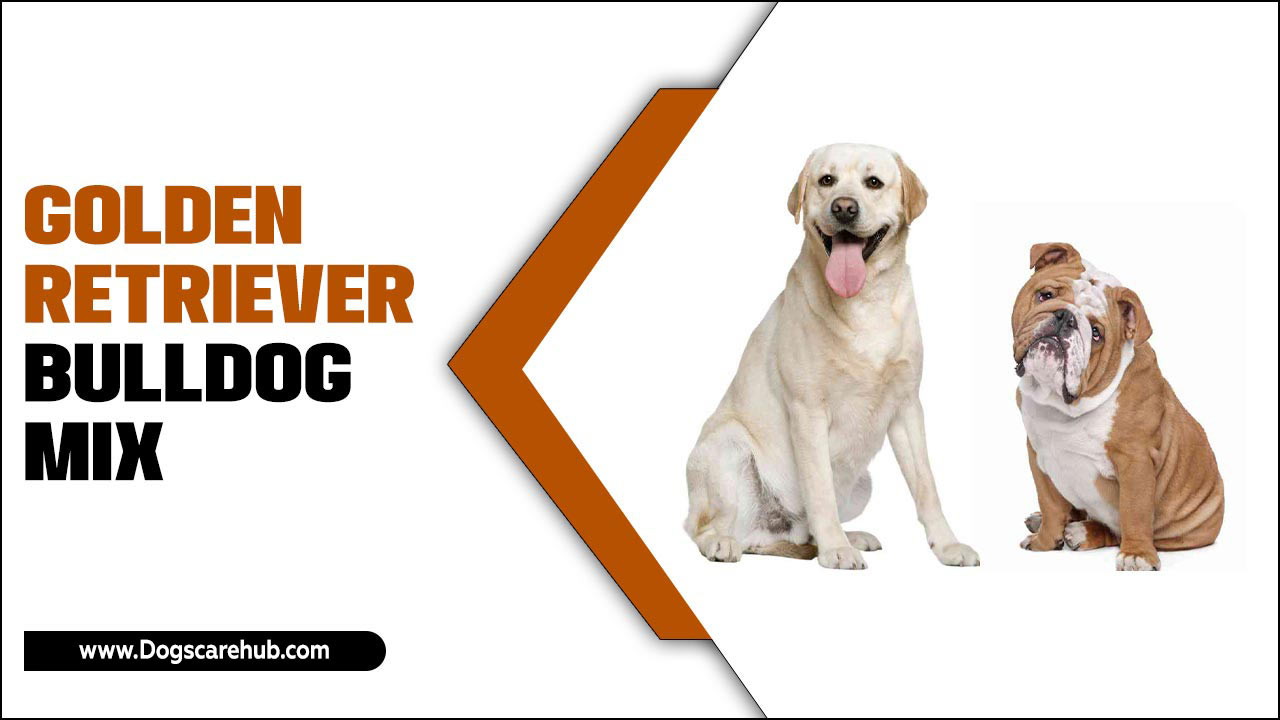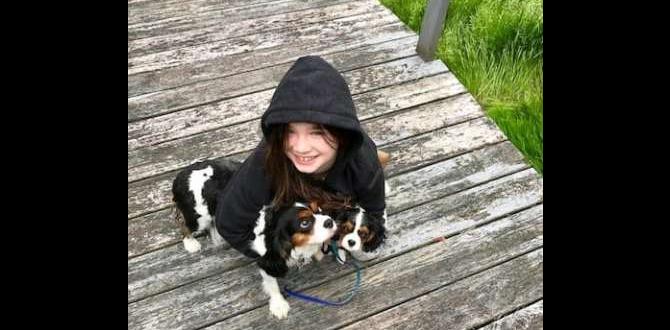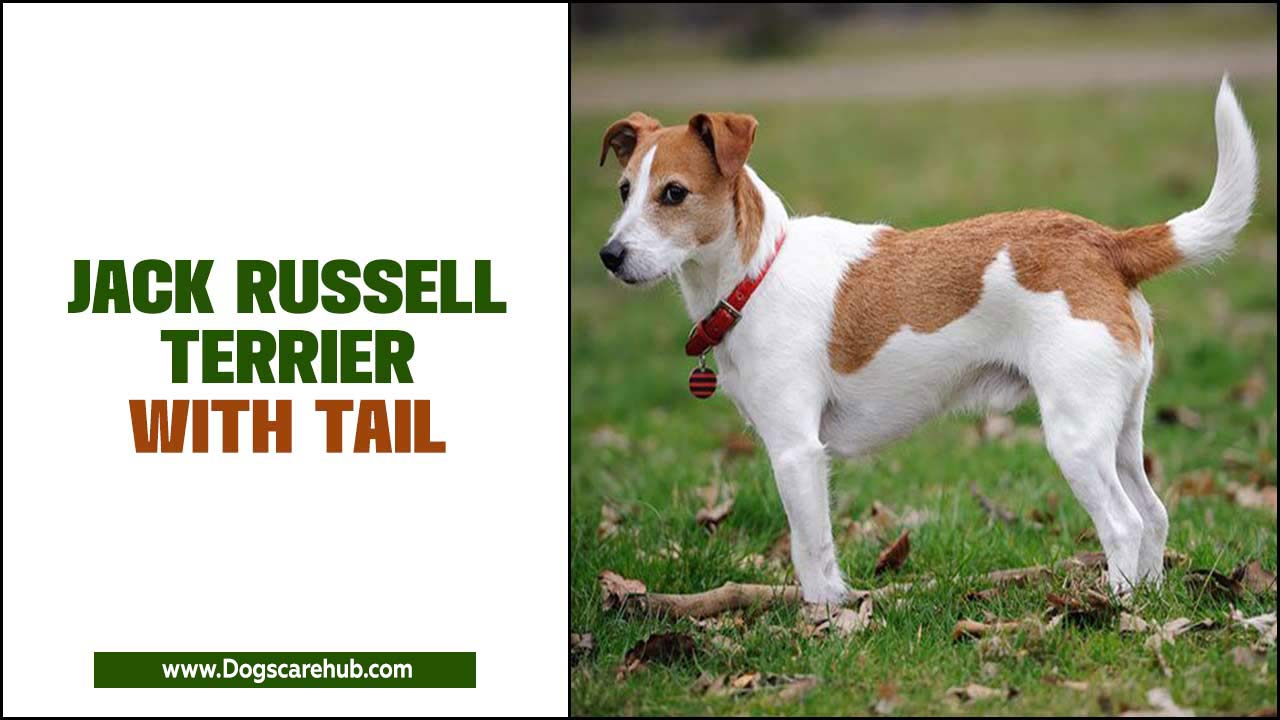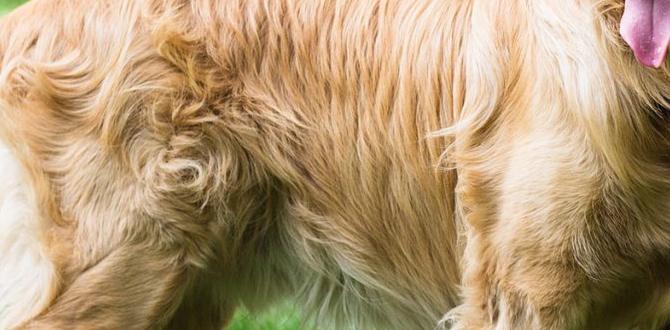Imagine driving with your dog, and suddenly, they start barking their heart out. It can be surprising and stressful. How do you keep your furry friend quiet during car rides? Training your dog not to bark in the car can make trips so much more enjoyable.
Did you know that many dogs bark in cars because they feel anxious? They might see other cars, people, or animals outside. It’s a natural reaction. But it doesn’t have to be! With some simple training, you can help your dog relax and enjoy the ride.
Whether you travel often or just run errands, teaching your dog to stay calm is important. You’ll not only reduce noise but also make your adventures together more fun. So, why not dive into some helpful tips? Your next car ride could be a peaceful one!
Training Dog Not To Bark In Car: Effective Techniques And Tips — When It Comes To Training Your Dog Not To Bark In The Car, It Can Be A Challenging Task That Requires Patience And Understanding. Barking Can Be Triggered By Various Factors Such As Excitement, Anxiety, Or Territorial Behavior, Making It Essential To Identify The Root Cause Before Implementing A Solution. Understanding Why Dogs Bark In The Car Dogs May Bark In The Car For Numerous Reasons, Including: – **Excitement**: The Thrill Of Going For A Ride Can Lead To Excessive Vocalization. – **Anxiety**: Some Dogs Feel Uneasy In A Moving Vehicle, Resulting In Barking As A Coping Mechanism. – **Boredom**: A Lack Of Mental Stimulation During Car Rides Can Lead To Barking As A Way To Express Discontent. Understanding Your Dog’S Specific Triggers Is The First Step Toward Effective Training. Effective Methods For Training Your Dog 1. **Desensitization Training**: – Gradually Acclimate Your Dog To Being In The Car Without The Expectation Of Going For A Ride. Start With Short Periods Of Time In A Stationary Vehicle. 2. **Positive Reinforcement**: – Reward Your Dog With Treats And Praise When They Remain Calm And Quiet In The Car. This Builds Positive Associations With The Vehicle. 3. **Providing Distractions**: – Bring Along Toys Or Chews To Keep Your Dog Occupied During The Ride. This Can Help Reduce Barking Triggered By Boredom Or Anxiety. 4. **Consistent Commands**: – Use Consistent Commands Such As Quiet Or Settle And Reinforce Them Through Training Sessions Both Inside And Outside The Car. 5. **Short Trips**: – Begin With Short Trips To Help Your Dog Get Accustomed To Traveling Without Excessive Barking. Gradually Increase The Duration Of Your Trips As They Become More Comfortable. Additional Tips For A Calmer Car Experience – Make Sure Your Dog Is Comfortable In The Car With A Secure Crate Or Harness. – Avoid Early Morning Or Late Evening Exposure To Loud Noises That Might Provoke Barking. – Be Patient. Training Takes Time, And Consistent Practice Will Yield Better Results. Conclusion Training Your Dog Not To Bark In The Car Can Take Time And Patience, But Utilizing Effective Techniques Can Create A More Enjoyable Travel Experience For Both You And Your Furry Friend. By Understanding The Reasons Behind The Barking And Implementing Positive Reinforcement Strategies, You’Ll Soon Find Your Dog Is Calmer And More At Ease During Car Rides.

Training Your Dog Not to Bark in the Car
Many dogs bark in the car, causing stress for you and your pup. Did you know that excessive barking can be a sign of boredom or anxiety? To help, use positive reinforcement techniques. Start by rewarding silence with treats. Gradually increase car time to help them adjust. With patience, you can train your dog not to bark in the car, making trips peaceful and enjoyable for everyone. Imagine cruising without the constant barking!Understanding the Reasons Behind Barking in the Car
Common triggers for barking when traveling. The role of anxiety and excitement in canine barking.Dogs often bark in the car for several reasons. Some common triggers include:
- Excitement: Dogs get thrilled about the road trip.
- Anxiety: New environments can make them nervous.
- Distraction: They might see other animals or people.
Both anxiety and excitement play big roles. For instance, a loud noise or sudden stop can confuse them. Remember, it’s important to understand these feelings to help your dog relax and travel peacefully.
What causes dogs to bark in the car?
Dogs bark in the car due to excitement, anxiety, or seeing distractions outside.Can excitement be a problem while traveling?
Yes, excitement can lead to excessive barking and create stress for the dog and driver.Preparing Your Dog for Travel
Importance of acclimating your dog to the car environment. Techniques for creating a calm and comfortable space in the car.Taking your furry friend on a ride can be fun, but it’s important to help them feel comfy in the car. Dogs need to get used to the car environment before the big trip. One great way to start is by spending time in the car with them while it’s parked. Bring their favorite toys or treats to create a cozy space. A little music can also help set a chill mood! Did you know dogs can feel anxious? It’s true! Studies show that calm dogs tend to bark less.
| Technique | Description |
|---|---|
| Bring Comfort Items | Include their favorite blanket or toy. |
| Short Trips | Start with short drives to build confidence. |
| Positive Reinforcement | Treats and praise when they stay quiet! |
With a little time and care, you can turn your car into a doggy paradise. Before you know it, barking will be a thing of the past, and you’ll both enjoy the ride!
Positive Reinforcement Training Techniques
How to use treats and praise to encourage quiet behavior. Stepbystep guide to reinforcing silence in different scenarios.Want a quiet road trip? Use treats and praise to help your dog learn to keep it down while in the car. Start by giving a treat when your pup is quiet. This way, they’ll connect silence with yummy snacks. Reinforce this behavior by using it in different situations, like stopped at traffic lights or during longer rides. Remember, dogs love attention, so shower them with praise too! Who doesn’t enjoy a bit of love? Here’s a simple chart to help:
| Scenario | Action | Treat/Praise |
|---|---|---|
| At a Stoplight | Reward quietness | Give a treat |
| During Drive | Redirect barking | Pet & praise |
| Parked Car | Calm commands | High-five! |
With patience and practice, your furry friend will learn that silence brings rewards. Who knew a little treat could lead to peaceful drives?
Establishing a Calm Routine Before Car Rides
Benefits of having a preride routine for your dog. Recommended calming activities to reduce travel anxiety.Creating a calm routine before car rides can help your dog feel safe and relaxed. A consistent routine reduces stress and travel anxiety for your furry friend. Here are some effective calming activities:
- Play gentle music to soothe their nerves.
- Take a short walk before getting in the car.
- Practice deep breathing exercises with your dog.
- Use a favorite toy or blanket for comfort.
Each of these activities can improve your dog’s mood. Remember, a happy dog means a peaceful car ride!
Why is a preride routine beneficial?
Having a routine helps your dog know what to expect. This can lead to less barking and better behavior. A study shows that dogs thrive on consistency. Calm dogs are happier passengers!
Desensitization Strategies for Long Car Rides
Gradual exposure methods for easing barking behavior. Utilizing short trips to train longerduration behaviors.Long car rides can make dogs bark a lot. To help with this, use gradual exposure. Start with short trips. This helps dogs get used to being in the car without barking. Over time, increase the trip length. Your dog will learn to stay calm. Try these steps:
- Take five-minute drives daily.
- Give treats for quiet behavior.
- Gradually extend the trips to 10, 15, and then 30 minutes.
This method builds their comfort and reduces barking, leading to peaceful rides.
How can I prevent my dog from barking in the car?
Use patience and practice. Create a calm environment. Give your dog a favorite toy. Offer lots of love and treats for good behavior. This approach can greatly reduce barking.
Using Commands to Curb Barking
Teaching the “quiet” command effectively. Incorporating other commands to distract from barking.Teaching your dog the “quiet” command can help stop barking in the car. Start by saying “quiet” in a calm voice when they bark. Reward them with a treat when they listen. This shows them they did well! You can also use other commands to distract them. For example, saying “sit” or “stay” can help. Here are some tips:
- Be consistent with commands.
- Use treats to encourage good behavior.
- Practice regularly in calm settings.
Remember, patience is key! Training takes time but is worth it for a peaceful ride.
How can I teach my dog to stay quiet in the car?
Start by teaching the “quiet” command. Use rewards like treats and praise when your dog stops barking. Additionally, practicing calming commands like “sit” or “stay” helps distract them from barking.
Addressing Underlying Behavioral Issues
Identifying potential stressors that contribute to barking. When to seek help from a professional trainer or behaviorist.Many dogs bark in cars due to stress from their surroundings. It can be noises, other animals, or even the motion of the car. To help your dog, first identify these stressors. Observe what makes them bark. Is it the sound of another dog or loud music?
If barking continues, consider seeking help. A professional trainer can offer guidance. This can help your dog feel safe. Here are signs that you may need help:
- Your dog barks a lot in cars.
- Your dog shows signs of fear, like trembling.
- Training at home isn’t working.
What should I do if my dog continues to bark in the car?
Try using positive reinforcement. Reward your dog when they are quiet. Also, take breaks on long trips so your dog can stretch and relax.
Building a Positive Association with Car Rides
Fun activities to associate car travel with good experiences. Use of toys and games to engage your dog during rides.Imagine your dog thinking that car rides are like a fun amusement park trip! Start by bringing your pup’s favorite toys along. Playing with them in the car can make the trip exciting. Don’t forget to add some games, like hide-and-seek, but with treats. Let’s make the car feel like a treasure chest for your furry friend!
| Activity | Description |
|---|---|
| Favorite Toy Time | Bring toys to play with in the car. |
| Snack Spin | Give treats for good behavior. |
| Fun Games | Play games like hide-and-seek with treats. |
These delightful distractions will help your pup associate car rides with fun experiences. Soon, they’ll be looking out the window, dreaming about the adventures ahead instead of barking. Who knew car rides could be this awesome?
Conclusion
In conclusion, training your dog not to bark in the car takes patience and consistency. Start with short trips to get them used to the car. Use rewards when they stay calm. Always be patient and gentle. For more tips, check out dog training books or videos. Let’s make car rides enjoyable for everyone!FAQs
What Are The Common Reasons Dogs Bark While In The Car, And How Can Understanding These Reasons Help In Training Them Not To Bark?Dogs often bark in the car because they are excited, scared, or bored. They might see other animals or people outside, which makes them react. Understanding why they bark helps you train them better. If you know they’re scared, you can make them feel safe. By keeping them calm and busy, you can help them learn to stop barking.
What Specific Training Techniques Can Be Effective In Reducing Barking In Dogs During Car Rides?To help reduce barking in dogs during car rides, you can try a few techniques. First, give your dog a special toy or treat to enjoy while you drive. Next, practice short trips and reward quiet behavior with praise or treats. You can also play calming music to help your dog relax. Finally, teach your dog a “quiet” command so they learn when to stop barking.
How Can Crate Training Or Using A Pet Seatbelt Influence A Dog’S Barking Behavior In The Car?Crate training or using a pet seatbelt can help calm your dog in the car. When dogs feel secure in a crate or are safely strapped in, they might bark less. This is because they know where they are and feel safe. If we keep them comfortable, they can relax and enjoy the ride more.
What Role Does Desensitization Play In Helping A Dog Feel More Comfortable And Less Likely To Bark In The Car?Desensitization helps your dog get used to the car. This means we slowly show them what the car is like. At first, we can sit in the car without moving. Later, we make short trips to fun places. Over time, your dog learns that the car is safe, so they don’t bark as much.
How Can Positive Reinforcement Be Integrated Into The Training Process To Reduce A Dog’S Barking While Traveling In A Vehicle?You can use treats to help your dog stop barking in the car. When your dog is quiet, give them a yummy treat. You can also give them praise like “Good boy!” or “Good girl!” to show they’re doing well. It helps them learn that being quiet earns rewards. Practice this often so your dog feels happy and calm while traveling.
Meet Elyse Colburn, the devoted canine companion and storyteller behind the enchanting world of “Tales, Tails, and Adventures Unleashed.” A passionate dog enthusiast with a heart full of paw prints, Elyse Colburn shares heartwarming tales and insightful adventures, celebrating the joy, loyalty, and endless antics that make every dog a true hero. Join Elyse Colburn on this tail-wagging journey, where every post is a love letter to our four-legged friends.








